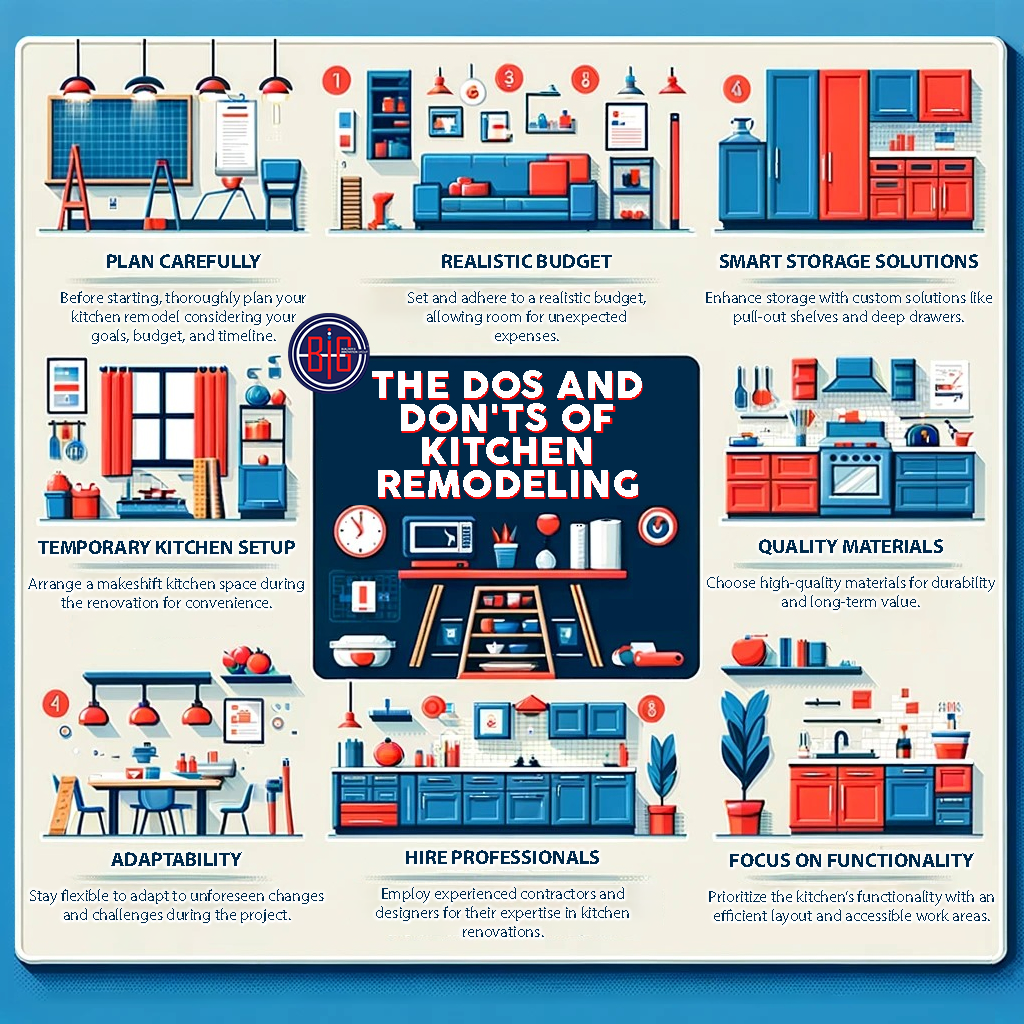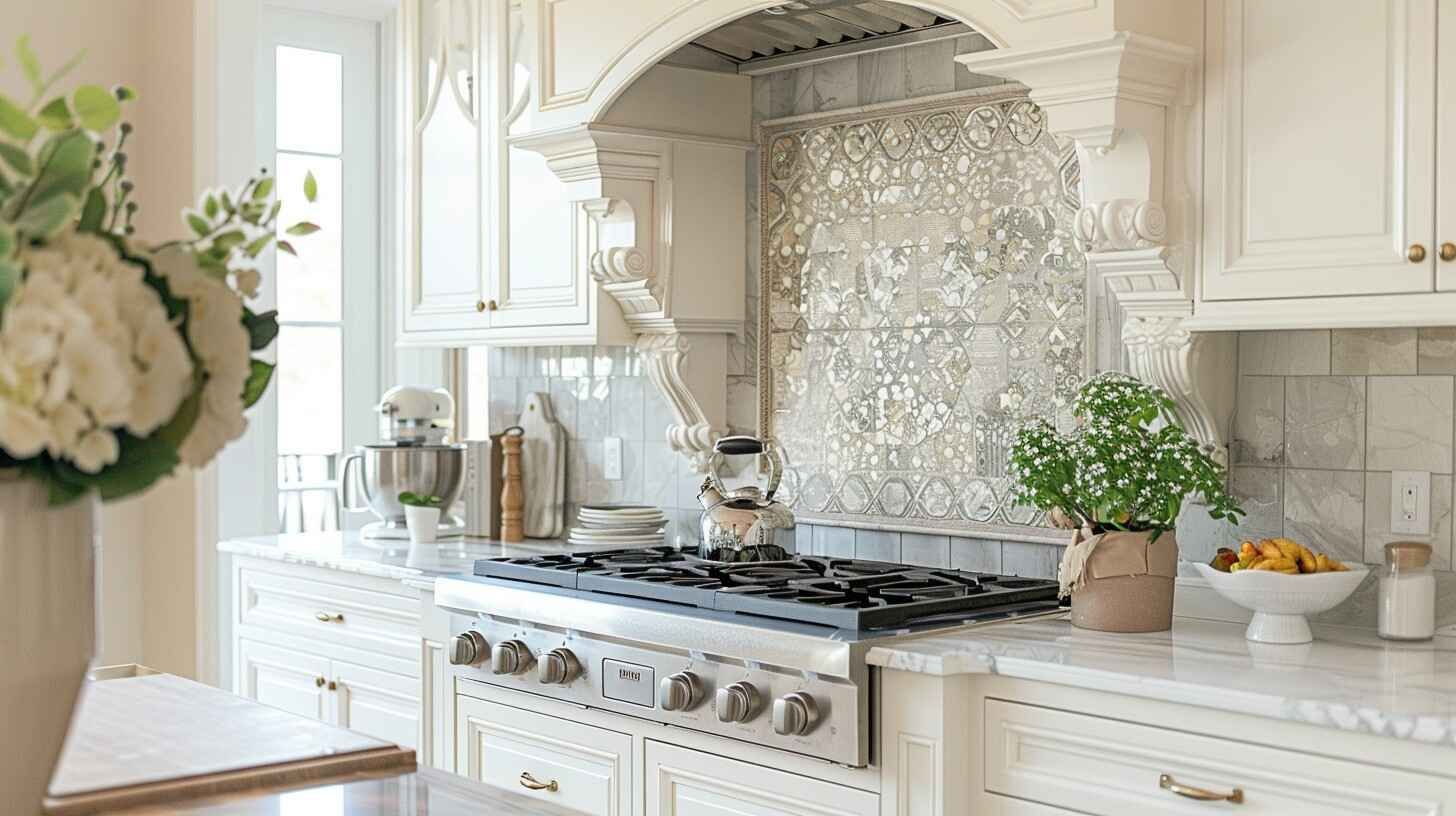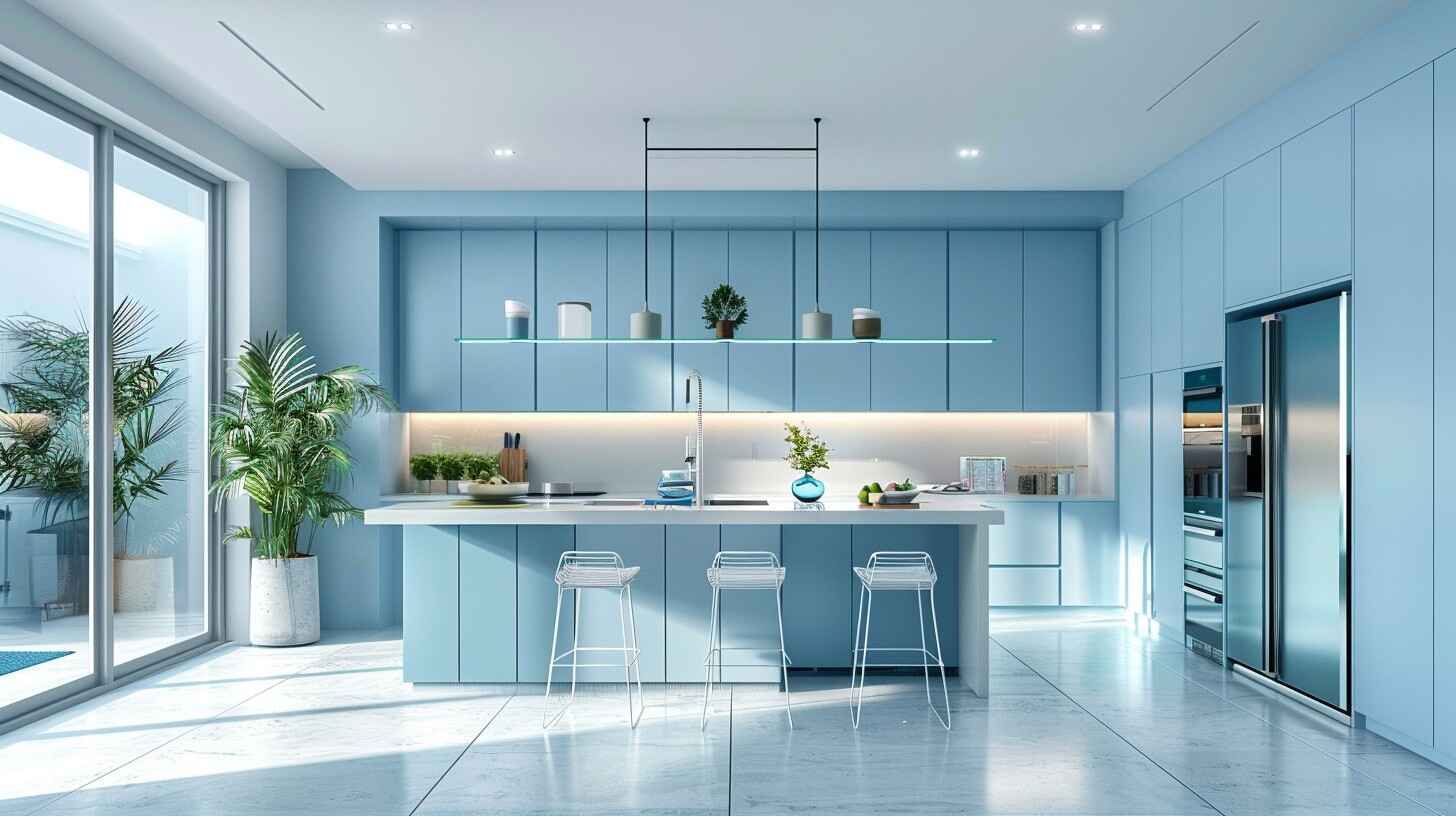The Dos and Don'ts of Kitchen Remodeling: Lessons from Experienced Remodelers

Kitchen remodeling is an exciting yet challenging endeavor for homeowners. It offers the opportunity to transform one of the most important rooms in the house, enhancing both functionality and aesthetics. However, without proper planning and guidance, a kitchen renovation project can quickly become a costly and stressful ordeal.
To help you navigate this journey successfully, we've gathered valuable insights from experienced kitchen remodelers who have seen it all. In this comprehensive guide, we will outline the dos and don'ts of kitchen remodeling to ensure your project is a resounding success.
Dos of Kitchen Remodeling
Plan Thoroughly: Before you even think about tearing down cabinets or countertops, take the time to plan your kitchen remodel thoroughly. Consider your goals, budget, and desired timeline. Hire a professional designer if necessary to create a well-thought-out plan that maximizes space and functionality.
Set a Realistic Budget:
Establishing a budget is crucial, but it's equally important to make it realistic. Factor in unexpected expenses that may arise during the project, and leave some wiggle room for contingencies. Be prepared to prioritize your needs and wants based on your budget.
Choose Quality Materials:
Invest in high-quality materials and fixtures that will stand the test of time. Cutting corners on materials may save money upfront, but it can lead to costly repairs or replacements down the line. Seek advice from your remodeler on the best materials for your specific needs.
Hire Qualified Professionals:
When it comes to kitchen remodeling, experience matters. Hire a reputable contractor and subcontractors who specialize in kitchen renovations. Check references, licenses, and insurance to ensure you're working with professionals who can deliver the results you want.
Create a Temporary Kitchen Space:
During the renovation, you'll likely be without a functional kitchen for some time. Set up a temporary kitchenette in another part of your home to make meal preparation more manageable. This may include a microwave, hotplate, and a mini-fridge.
Communicate Clearly: Maintain open and frequent communication with your remodeling team. Discuss your expectations, ask questions, and address any concerns promptly. Effective communication helps prevent misunderstandings and ensures everyone is on the same page.
Maximize Storage: One of the primary goals of a kitchen remodel is to improve storage. Incorporate smart storage solutions like pull-out shelves, deep drawers, and tall cabinets to make the most of your kitchen's space. Consider custom-built options to fit your unique needs.
Prioritize Functionality:
While aesthetics are important, prioritize functionality in your kitchen design. Ensure that the layout makes sense for your cooking and workflow needs. The triangle between the stove, sink, and refrigerator should be efficient and accessible.
Stay Flexible:
Be prepared for unexpected challenges or changes in your remodeling plan. Sometimes, hidden issues may arise when walls or floors are opened up. Remaining flexible and adaptable will help you handle these situations more effectively.
Plan for Proper Lighting: Adequate lighting can transform the look and feel of your kitchen. Incorporate a combination of ambient, task, and accent lighting to create a well-lit and inviting space. LED fixtures are energy-efficient and offer various color temperatures to suit your preferences.
Don'ts of Kitchen Remodeling
Don't Rush the Planning Phase: Avoid the temptation to jump into the remodeling process without a solid plan in place. Rushing can lead to costly mistakes and regrets later on. Take your time to think through every aspect of the project.
Don't Neglect Permits and Regulations:
Failing to obtain the necessary permits and adhere to local building codes can result in serious complications. Check with your local authorities to ensure you're in compliance with all regulations.
Don't Sacrifice Quality for Price:
While it's essential to stick to your budget, compromising on quality to save money is a mistake. Poor-quality materials and workmanship can lead to more significant expenses in the long run when repairs are needed.
Don't Overlook Ventilation:
Proper ventilation is essential in the kitchen to remove cooking odors, excess heat, and moisture. Invest in a high-quality range hood or ventilation system to keep your kitchen fresh and safe.
Don't Ignore Plumbing and Electrical Work: Avoid DIY plumbing and electrical work if you're not a licensed professional. Improper installation can lead to leaks, electrical issues, and even safety hazards. Always hire experienced contractors for these tasks.
Don't Follow Trends Blindly:
While it's great to incorporate trendy elements into your kitchen remodel, avoid going overboard. Trends can quickly become outdated, and you may regret making dramatic design choices. Balance trendy elements with timeless features to ensure your kitchen remains stylish for years to come.
Don't Neglect the Details:
The devil is in the details, as they say. Pay attention to small details like cabinet hardware, backsplash tile, and paint colors. These finishing touches can significantly impact the overall look of your kitchen.
Don't Skimp on Countertops:
Countertops are one of the most visible and heavily used elements in the kitchen. Invest in durable, high-quality countertops that can withstand daily wear and tear. Popular choices include granite, quartz, and butcher block.
Don't Forget About Safety: Safety should always be a top priority during a kitchen remodel. Ensure that electrical outlets are correctly positioned, appliances are installed safely, and sharp corners are minimized, especially if you have young children.
Don't Make Hasty Decisions: Kitchen remodeling can be overwhelming, and you may encounter decision fatigue. Avoid making hasty decisions under pressure. Take the time to research and consider your options before finalizing choices for materials, colors, and fixtures.
Conclusion
Kitchen remodeling is a significant investment that can greatly enhance your home's value and your daily life. By following the dos and don'ts outlined by experienced remodelers, you can ensure a successful and stress-free renovation project. Remember to plan thoroughly, hire qualified professionals, and prioritize functionality and quality. With careful attention to detail and clear communication, you'll be well on your way to achieving the kitchen of your dreams.
When it comes to kitchen remodeling in Murrieta, CA, Builder's Innovation Group stands out as the go-to choice. With a stellar reputation for delivering top-notch craftsmanship and exceptional customer service, they have earned the trust of homeowners throughout the region.
Whether you're looking to update your kitchen's design, maximize functionality, or simply breathe new life into your culinary haven, Builder's Innovation Group is the trusted partner you can rely on for a seamless and stunning kitchen remodel in Murrieta, CA. Planning your next kitchen remodel,
get in touch with us today!



